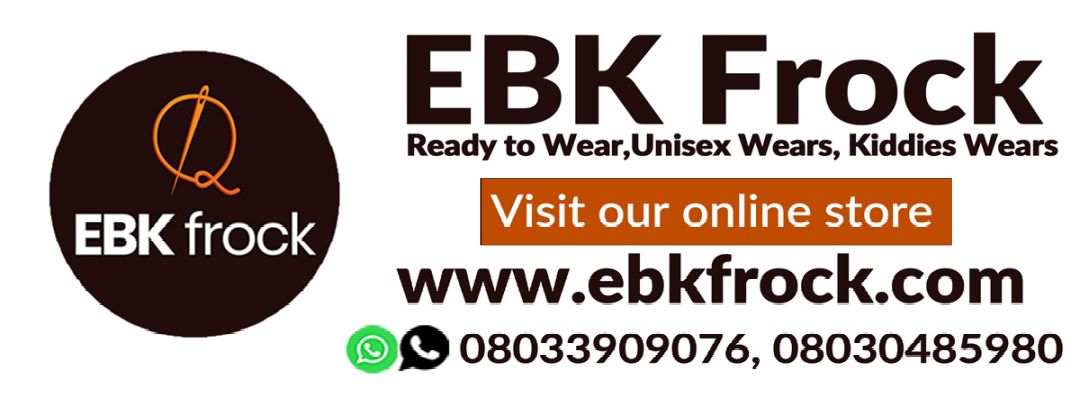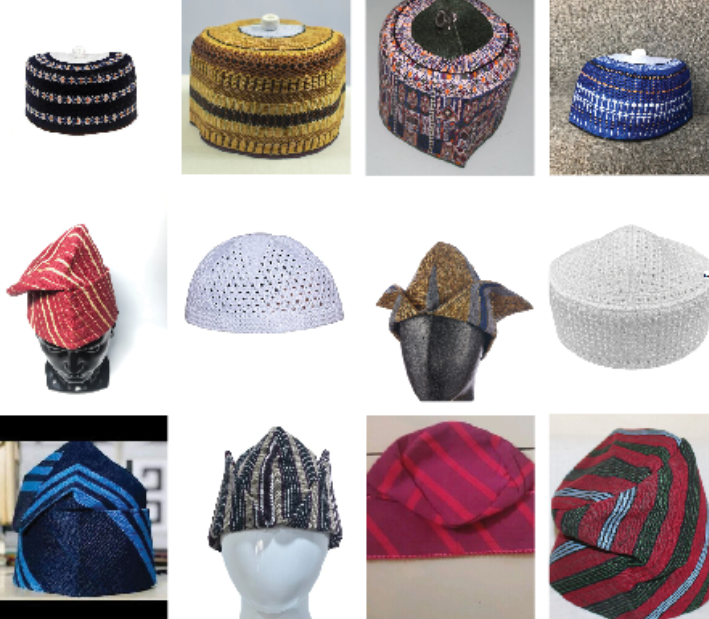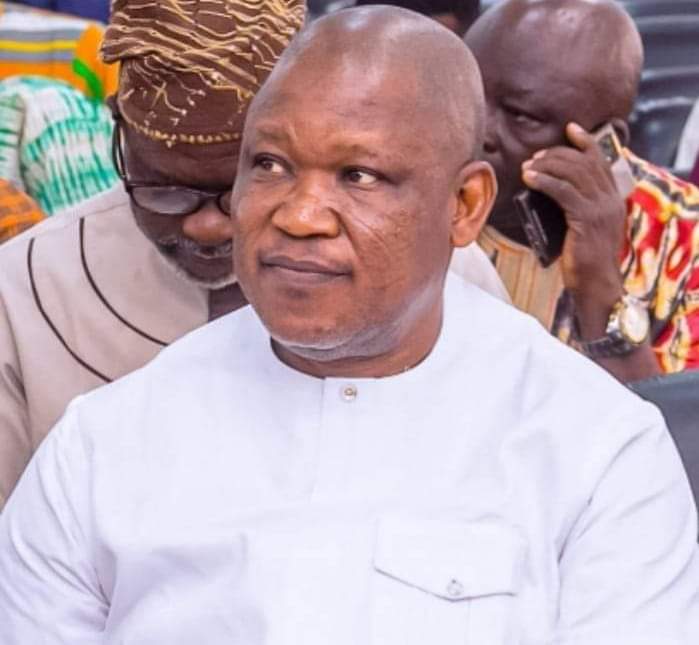Nigeria, a country with diverse cultural traditions, has a rich and colourful heritage in traditional headwear. The traditional Nigerian cap, also known as “fila” or “gele,”are worn by men and women on special occasions or as a daily fashion statement.

Nigeria has a high population density and comprises multiple tribes, with Hausa-Fulani, Yoruba, and Igbo being the most notable. Each tribe has its own unique traditional clothing style and daily headwear in Nigeria, distinguishing them from one another.
Over the years, these caps have evolved into a unique and vibrant display of colours, designs, and styles. From the Hausa “dambaki” to the Yoruba “soro,” and the Igbo “okpu agu,” each cultural group in Nigeria has a distinctive traditional headwear that reflects their identity and history.
In this article, we will explore the beauty and uniqueness of Nigerian traditional headwear and how it has become a symbol of pride and heritage for many Nigerians.
Kufi (Hausa cap)
This headwear is a beautifully handcrafted crocheted caps popularly known as Kufi, Hausa Fulani Cap or Fula. The designs are made of lines and shapes and often symbolises important events.
The Kufi hat is not only a culturally significant article of clothing, but it also serves as a social identifier of one’s religion or status. The Hausa caps vary in type, with options for children, politicians (such as Awolowo), or simply for head covering or pairing with a turban. Typically, these caps are white with colourful ethnic embroidery, made from materials such as cotton, mud cloth, Kente, Aso Oke, African print, linen, hayes, damask, velvet, or leather. The popularity of Kufi caps has grown during celebrations of black heritage, including black history month and Kwanzaa, with modern styles being worn by both men and women, suitable for both genders.
It expands to fit, its foldable and one size usually fits most.
Kufi is considered to be part of a garment. Kufis can be worn casually as well as to special occasions.
Kufis is a combination of various fabrics: Brocade (cotton), Mud Cloth, Wool, Kente, Aso Oke, African Print, Linen, Hayes (paper-like material), Damask, Leather etc.
Okpu Agu ( Igbo Cap)
The Igbo traditional headwear , an oval woolen red cap, is exclusive to high-ranking men in Eastern Nigeria. It symbolises fire and Agbala, the “holy spirit”. While it is revered and considered sacred in Anambra, not everyone can wear it in the street. In other parts of Igboland, it represents power, tradition, and culture, particularly the chieftancy red cap. Additionally, there is also another red, white, and black mixed cap worn for cultural purposes.
Fila (Yoruba Cap)
The Yoruba men consider the Fila as a crucial part of their dress. It is crafted using hand-woven Aso Oke fabric, velvet, cotton or damask. The Fila comes in a range of colours, but it is necessary to coordinate with other clothing items. It is generally worn alongside agbada, which is a long formal top.
The Yoruba cap has various designs, including both old and new styles. Some styles may be considered outdated, while others may be modern and fashionable. However, most of the Yoruba cap designs are timeless and suitable for any occasion.
Gobi Style Fila
The Fila in the Gobi style features an upturned design that faces the front.
Yoruba Kufi Cap: This is a traditional Muslim head covering worn by both men and women in the Yoruba culture. Royalty and Muslim Yorubas often wear this type of cap, which is made of soft cloth and comes in different colors and designs. The kufi cap is commonly worn with a male dashiki lace suit, which is a casual traditional outfit that consists of a loose-fitting shirt and pants made of lace fabric.
The Abeti Aja style
The Abeti Aja style is named after its triangular shape resembling “dog’s ears” and is a popular Yoruba hat worn by young men and elders in Nigeria.
Another style of Kufi cap is the elegant Awolowo cap, which is named after the renowned Nigerian politician Obafemi Awolowo, who was known for wearing this cap style regularly.




